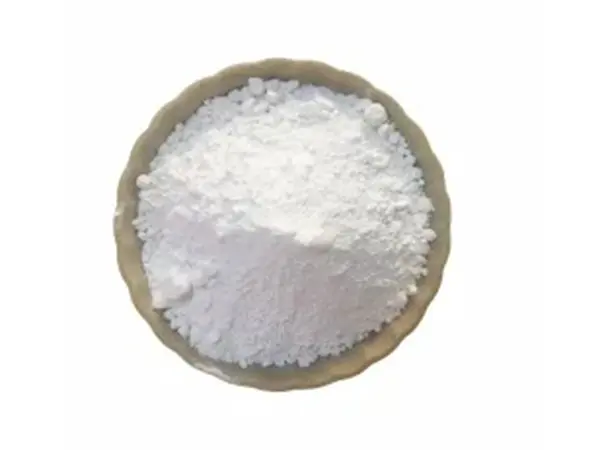Titanium dioxide is a naturally occurring titanium oxide that has gained widespread attention due to its wide range of applications in various industries. From sunscreen to paint, food coloring to photocatalyst, titanium dioxide is a versatile compound that owes its properties to its unique structure. In this blog, we’ll take a closer look at the structure of titanium dioxide and explore how it facilitates its many uses.
At the heart of titanium dioxide’s versatility lies its crystal structure. Titanium dioxide exists in three main crystalline forms: rutile, anatase, and brookite. Of these, rutile and anatase are the most common forms, each with its own unique atomic arrangement.
Rutile is the most stable and abundant form of titanium dioxide and is characterized by its dense lattice structure. The arrangement of titanium and oxygen atoms in rutile results in its high refractive index, making it an ideal UV filter in pigments, coatings and even sunscreen. Rutile’s close-packed structure also contributes to its high chemical stability, making it suitable for corrosion-resistant material applications.
Anatase, on the other hand, has a more open and less dense structure and exhibits different properties compared to rutile. Known for its exceptional photocatalytic activity, anatase has found applications in areas such as environmental remediation, self-cleaning surfaces, and even hydrogen production through water splitting. The unique atomic arrangement in anatase enables the efficient generation of electron-hole pairs when exposed to light, giving it photocatalytic capabilities.
Titanium dioxide’s ability to exist in a variety of nanostructures further enhances its versatility. Nanoscale titanium dioxide has a high surface area to volume ratio and exhibits enhanced reactivity and light scattering properties, making it valuable in applications such as photovoltaics, sensors and antimicrobial coatings. The ability to tailor titanium dioxide nanostructures opens up new avenues for its application in advanced technologies.
Understanding the structure of titanium dioxide is critical to optimizing its performance for specific applications. By controlling crystal form, particle size and surface properties, researchers and engineers can fine-tune the properties of titanium dioxide to meet the needs of different industries. Whether leveraging its UV-blocking capabilities in sunscreen formulations or leveraging its photocatalytic activity for environmental remediation, titanium dioxide’s structure is a blueprint for its versatility.
In summary, the structure of titanium dioxide, including its crystalline form and nanostructure, underpins its remarkable versatility and utility in a variety of industries. By unraveling its complex structure, scientists and innovators continue to unlock the full potential of titanium dioxide, paving the way for novel applications and sustainable solutions. As we delve deeper into the structure-property relationship of titanium dioxide, we can expect to see further progress in harnessing its unique properties to benefit society and the environment.
Post time: Mar-23-2024


